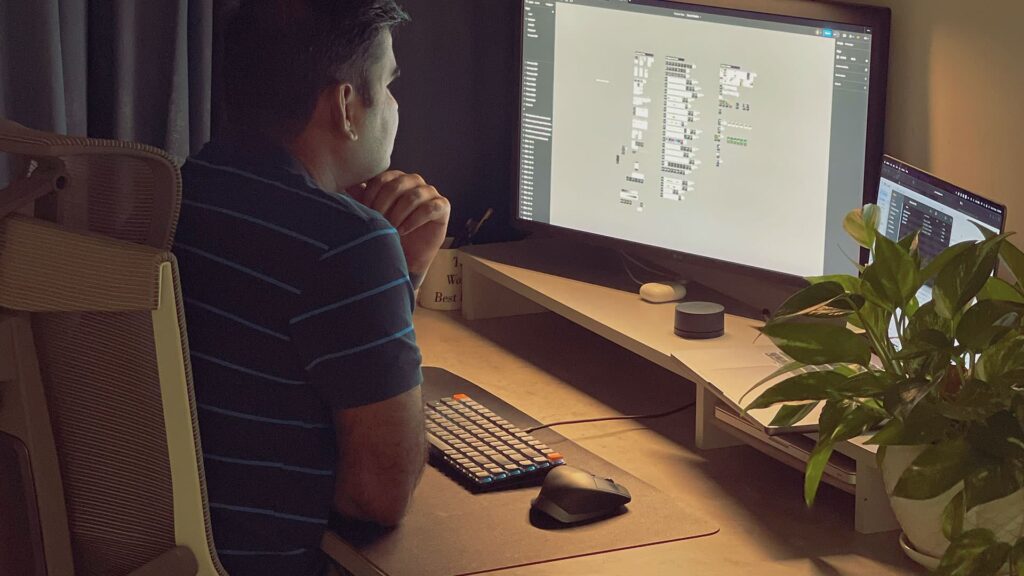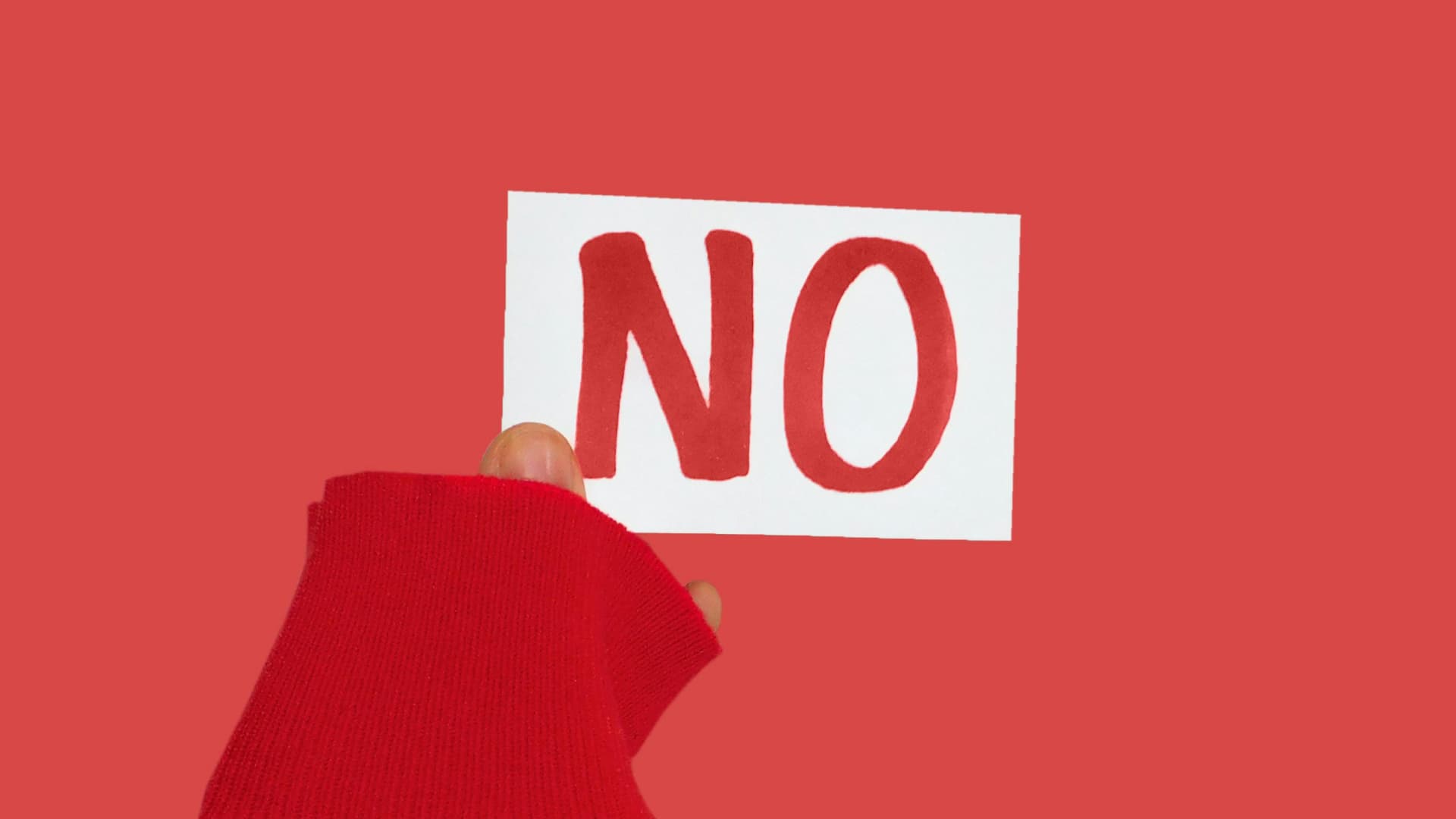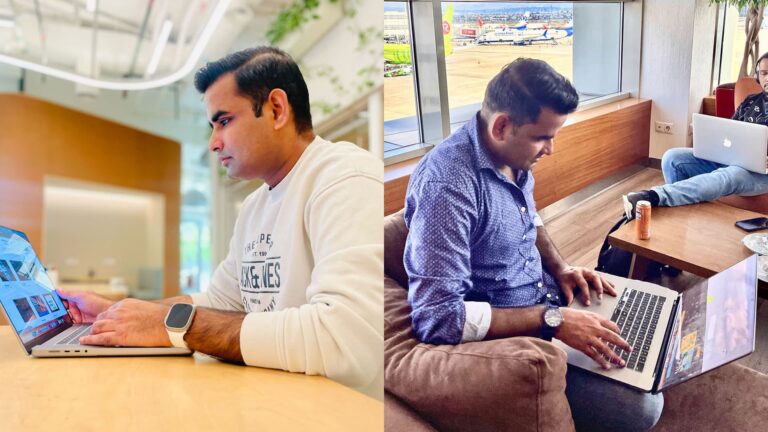Picture this: You’re scrolling through your inbox when another email lands. “We love your work! Would you be willing to do this project for exposure?” Sound familiar? If you’re a designer nodding right now, you’re not alone.
Let’s get real about something most designers experience: the endless stream of requests to work for free. These requests come dressed up in fancy language but always boil down to one thing: someone wants your professional skills without paying professional rates.
The classic excuses decoded
Clients often use sneaky phrases that sound tempting:
- “This will be great exposure for you!”
- “It’s just a small task that won’t take long.”
- “We’ll keep you in mind for future paid work.”
Here’s the truth bomb: Exposure doesn’t pay rent. Skill doesn’t come with a free coupon. Your expertise is valuable.
Real numbers tell the real story
According to a 2023 Creative Guild survey:
- 68% of designers reported being asked to work for free at least once a year
- Only 12% of those “exposure” projects led to actual paid work
- Designers who consistently undervalue their work earn 35% less over their career
When saying No is actually saying Yes to yourself
Learning to decline free work isn’t about being difficult. It’s about:
- Respecting your skills
- Protecting your time
- Maintaining professional standards
- Building a sustainable career
Your value doesn’t decrease based on someone’s inability to pay you
Unknown
Practical strategies to handle free work requests
1. Know your worth
Your design skills represent years of:
- Education
- Practice
- Continuous learning
- Emotional and creative investment
2. Craft a polite rejection template
When someone asks for free work, have a professional response ready:
Hi [Name],
Thank you for reaching out. While I appreciate the opportunity, my current rates are [your standard pricing]. I'd be happy to discuss how we can work together within your budget.
Best regards,
[Your Name]I’ve shared detailed tips on improving client communication in a separate post.
3. Offer alternative solutions
Not every no has to be a dead end:
- Suggest a reduced scope that fits their budget
- Recommend a junior designer
- Propose a payment plan
- Offer a small, time-limited consultation
4. Build a portfolio of passion projects
Want to do meaningful work? Focus on:
- Nonprofit organizations you believe in
- Personal projects that showcase your creativity
- Collaborative initiatives that align with your values

Warning signs of potential clients to avoid
Red flags that scream “run away”:
- Repeatedly emphasizing “exposure”
- Unwilling to discuss budget
- Vague project descriptions
- Pressure tactics
Remember: Your creativity is your business. Treat it that way.








